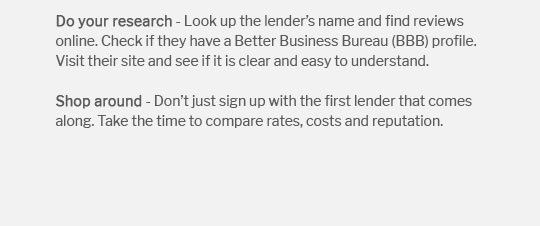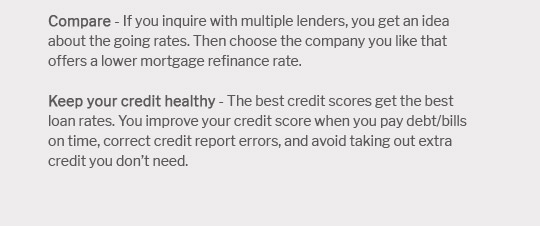 |
|||
 |
 |
 |
||
|---|---|---|
 |
||
 |
||
 |
||
 |
||
 |
||
 |
 |
 |
 |
No Points Refinance Mortgage Rates ExplainedRefinancing a mortgage can be a smart financial decision, especially when interest rates are favorable. A no points refinance mortgage is a popular option for those looking to reduce costs and simplify the refinancing process. In this article, we will explore the concept of no points refinance mortgage rates, its advantages, and considerations to keep in mind. Understanding No Points Refinance MortgagesA no points refinance mortgage means that the borrower does not pay any upfront fees, or 'points,' to reduce the interest rate on the loan. This can be an attractive option for homeowners who want to refinance without incurring additional costs. What Are Mortgage Points?Mortgage points, also known as discount points, are fees paid directly to the lender at closing in exchange for a reduced interest rate. One point typically equals 1% of the loan amount.
How No Points Refinancing WorksWith a no points refinance, the lender covers the cost of the points, and in return, the borrower may receive a slightly higher interest rate compared to a loan with points. Advantages of No Points RefinanceOpting for a no points refinance can offer several benefits, especially for those who prioritize upfront savings over long-term interest savings.
To explore current home refinance rates missouri and see how they compare, check online resources for up-to-date information. Considerations When Choosing No Points RefinanceWhile a no points refinance can be advantageous, it's important to weigh the potential drawbacks and ensure it aligns with your financial goals. Higher Long-Term CostsAlthough you save money upfront, the slightly higher interest rate means you could pay more over the life of the loan. Break-Even PointCalculate the break-even point to determine if the higher monthly payments are worth the initial savings. This is the time it takes for the cost of paying points to equal the savings from a lower interest rate. FAQ Section
For those residing in Ohio, exploring current home refinance rates ohio can provide valuable insights into available options. https://smartasset.com/mortgage/when-should-you-pay-points-on-a-mortgage
But when rates are higher, it would actually be better not to buy down the rate. If rates drop in the future, you may have a chance to refinance ... https://www.farrismortgage.com/points
The main benefit is that you have no out-of-pocket costs. As a result, if the rates drop in the future, you could refinance again even for a small drop in rates ... https://www.investopedia.com/terms/n/negative_points.asp
Applying negative points to a mortgage increases the interest rate but can reduce closing costs. If a borrower accepts one negative point, the lender could ...
|
|---|